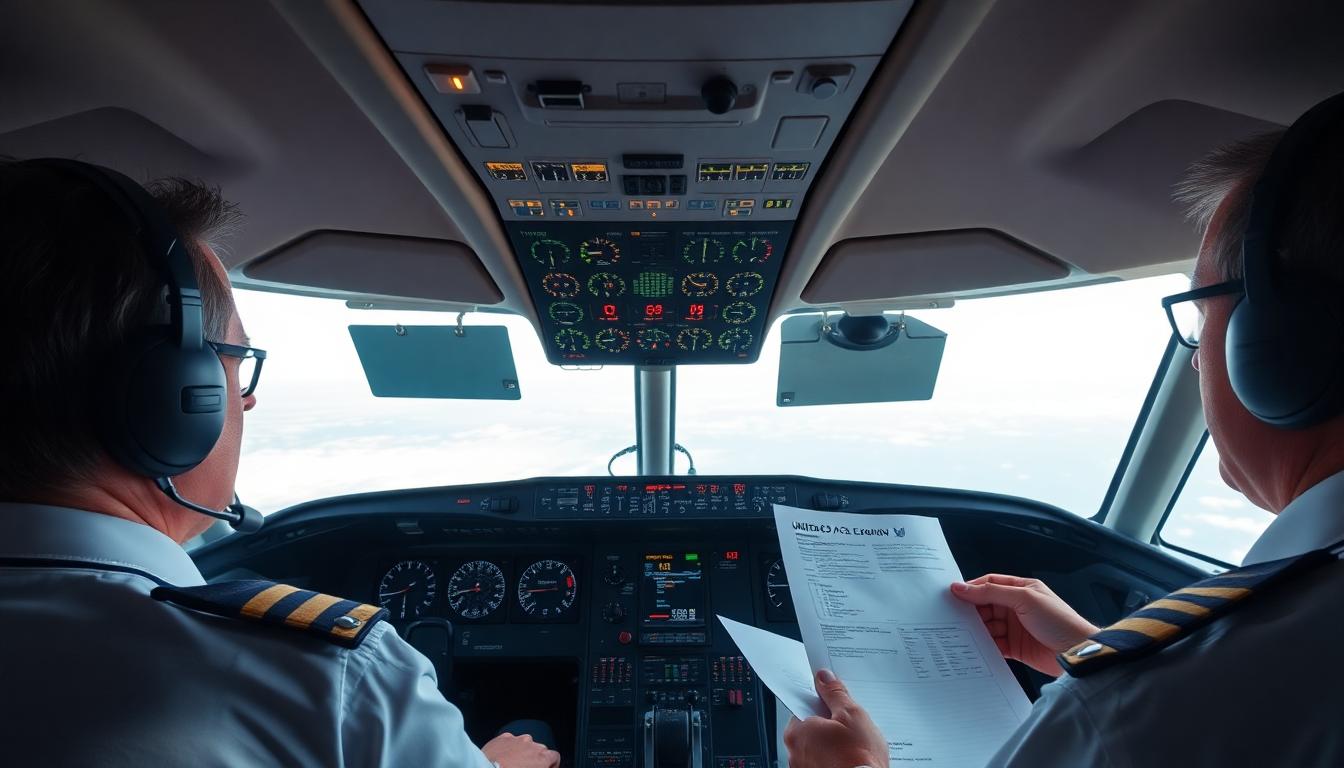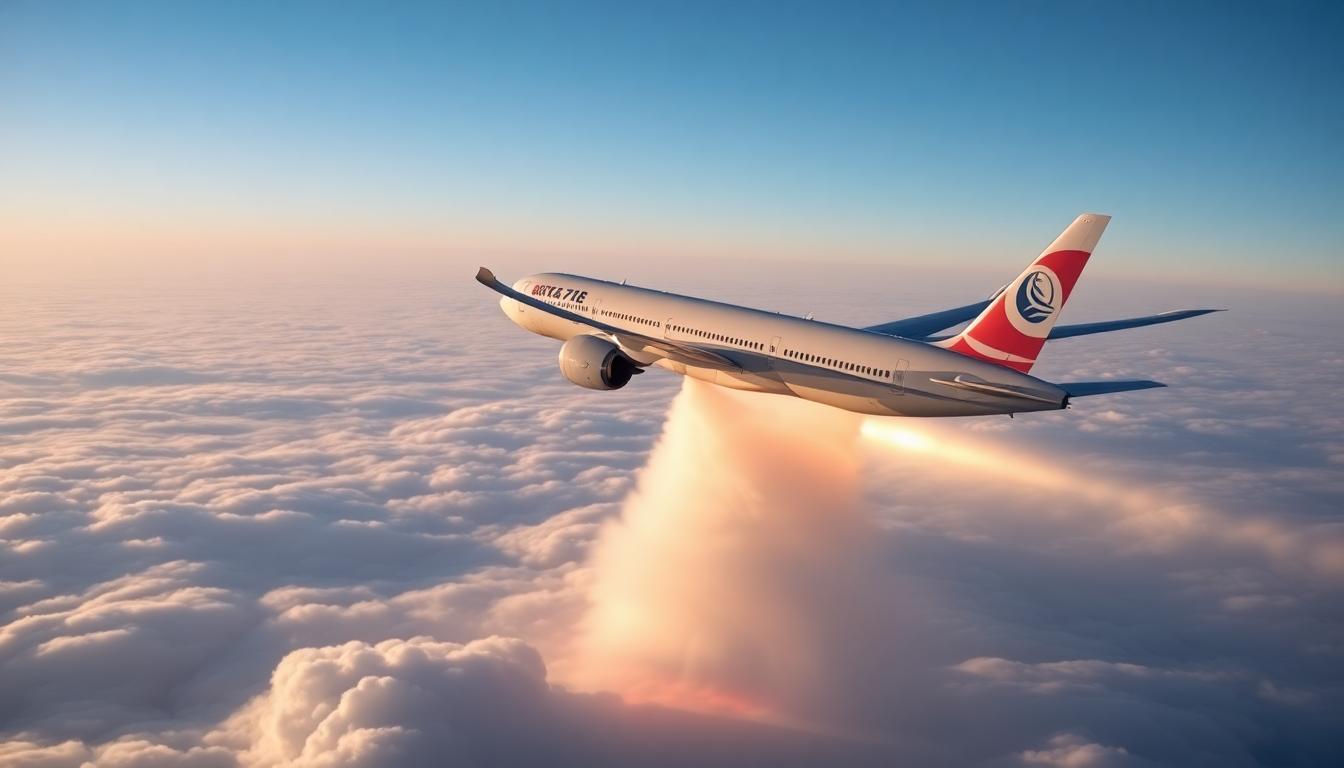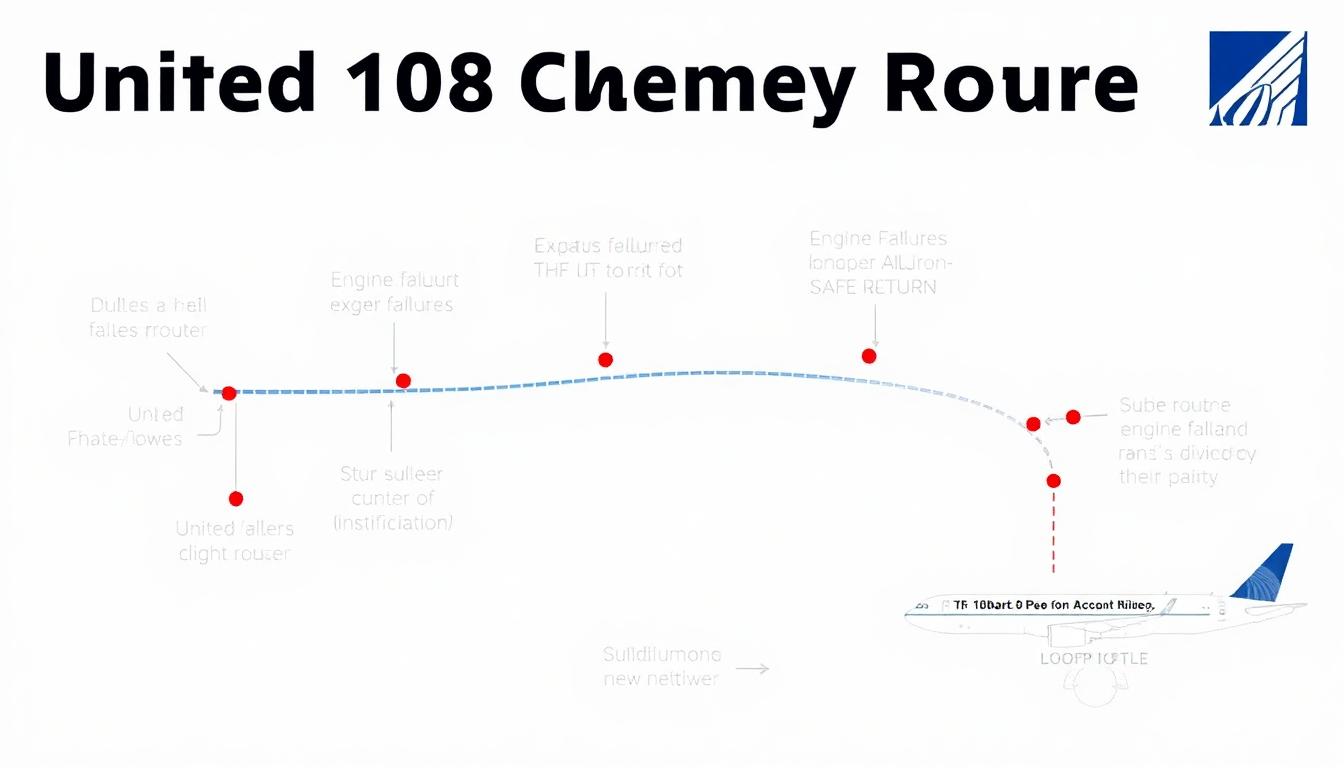More than 200 passengers and crew faced a tense in-flight emergency when United Airlines Flight 108, a Boeing 787 Dreamliner, suffered an engine failure shortly after takeoff from Washington Dulles International Airport. The crew declared a mayday, took swift emergency action, and returned all aboard safely to the ground in a story that shows why modern airline safety protocols matter.
The Emergency
Flight 108 departed Dulles at 6:11 p.m., bound for Munich, Germany, carrying 219 passengers and 11 crew members. At about 5,000 feet during the initial climb, pilots received warnings about the left engine. Understanding the risk, they immediately radioed a mayday call to air traffic control, clearly stating the engine failure.
Calm in the Cockpit

The flight crew expertly worked through emergency checklists. Air traffic controllers cleared other aircraft away and told United 108, “speed at your discretion” to minimize risks. Crew followed all engine-out protocols, focusing on getting everyone home safely.
Critical Safety Actions

Standard for large commercial jets needing to return or land early, the crew began dumping fuel to drop the aircraft’s weight for a safe landing. The Boeing 787’s advanced design and redundant systems meant passengers felt strong vibrations but were never in danger.
In about two hours, the jet circled back and made a safe landing at Dulles at 8:49 p.m. local time. All passengers and crew disembarked safely, with no injuries reported.
The Aftermath and Investigation
The FAA launched a review to determine the cause of the engine problem, most likely in the plane’s Rolls-Royce Trent 1000 engine, a common but complex system on Dreamliners. These investigations will look at everything from maintenance records to signs of fatigue, manufacturing defects, or bird ingestion.
Experts noted modern commercial planes rarely experience engine failures thanks to layered safety checks and constant real-time engine monitoring.
Flight Path and Safety Timeline

- Departed: Dulles, 6:11 p.m., bound for Munich
- Reached: 5,000 feet, engine failure detected
- Mayday declared
- Fuel dumped, two-hour emergency return
- Landed: Dulles, 8:49 p.m., all safe
Lessons and Future Tech
This event shows how air crews and aircraft design come together in a crisis. Pilots are trained for such emergencies, while future aviation may lean more on AI-powered predictive maintenance to keep mechanical failures even rarer.
For travelers, the most important fact is this: both technology and training work. Every passenger on Flight 108 made it home safe.
To contact us click Here .

